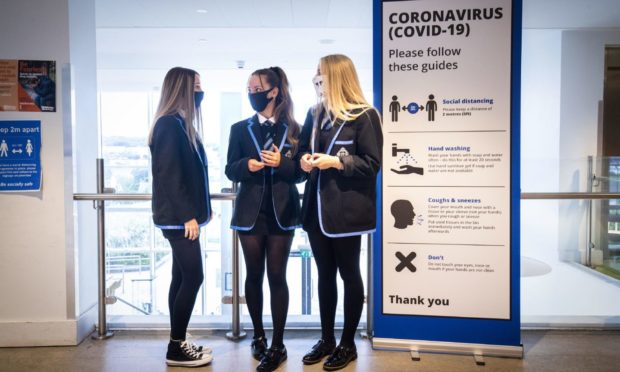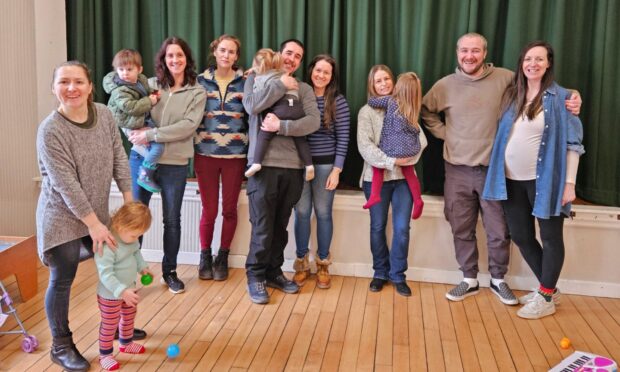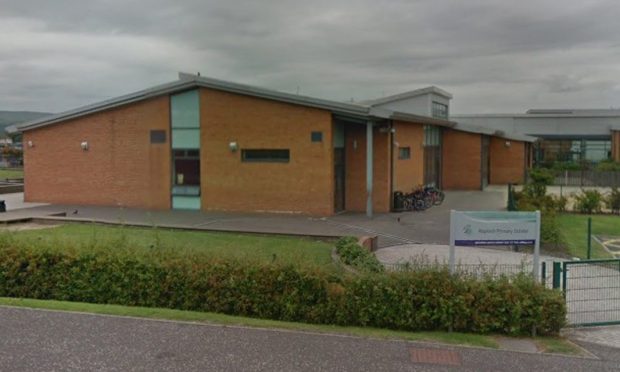Changes to Covid restrictions in school and nurseries settings will come into force after the Easter holidays.
The changes have been informed by expert advice to bring restrictions in education settings in line with those in the wider community.
They were announced in a letter to parents and carers, from Professor Jason Leitch CBE, National Clinical Director, on behalf of the Scottish Government.
Prof Leitch said it is believed we are moving into a ‘calmer’ phase of the pandemic, thanks to the success of vaccines and uptake.
Therefore, he stated, the time is ‘right’ to adapt restrictions to ensure children and young people to enjoy a ‘more normal experience’ after two years of disruption.
What is changing?
From April 18, asymptomatic school and ELC staff and secondary school pupils will no longer be required to test regularly with lateral flow tests.
Regular asymptomatic testing will therefore end in schools from the end of this term. For nursery settings which do not operate to school term dates, the final date for testing will be April 17.
This date coincides with the ending of regular testing in low-risk workplaces, as part of the government’s wider Test and Protect Transition Plan.
Prof Leitch said: “We will continue to monitor where the virus is through surveillance programmes.
“It will still be possible for local health protection teams to opt to make use of asymptomatic testing in outbreak management situations in schools/settings, if their expert judgement is that it is appropriate to do so.
“Schools can continue to distribute test kits to staff and secondary pupils as usual until the end of this term, and ELC settings can distribute test kits to staff until April 17.”
What restrictions will remain in place?
- Self isolation for children, young people and adults with either; Covid symptoms; a positive Covid test result; in line with travel restrictions; or if they are a close contact and are over the age of 18 years and 4 months and not fully vaccinated.
- Hand hygiene in school and ELC environments and on school transport.
- Good ventilation and the use of CO2 monitors.
- Face masks for staff and young people in secondary schools and staff in primary schools and nurseries. Staff do not need to wear masks when working with children.
- Staff should take steps to keep a safe distance from other adults and school aged children, when possible. Children and young people are not required to physically distance from each other.
- Use of face masks and ventilation on school transport.
Education settings are also being reminded of the ongoing need for outbreak management capability, including active surveillance, and to continue to assess the use of Personal Protective Equipment (PPE) for people who work in close contact with children and young people.










